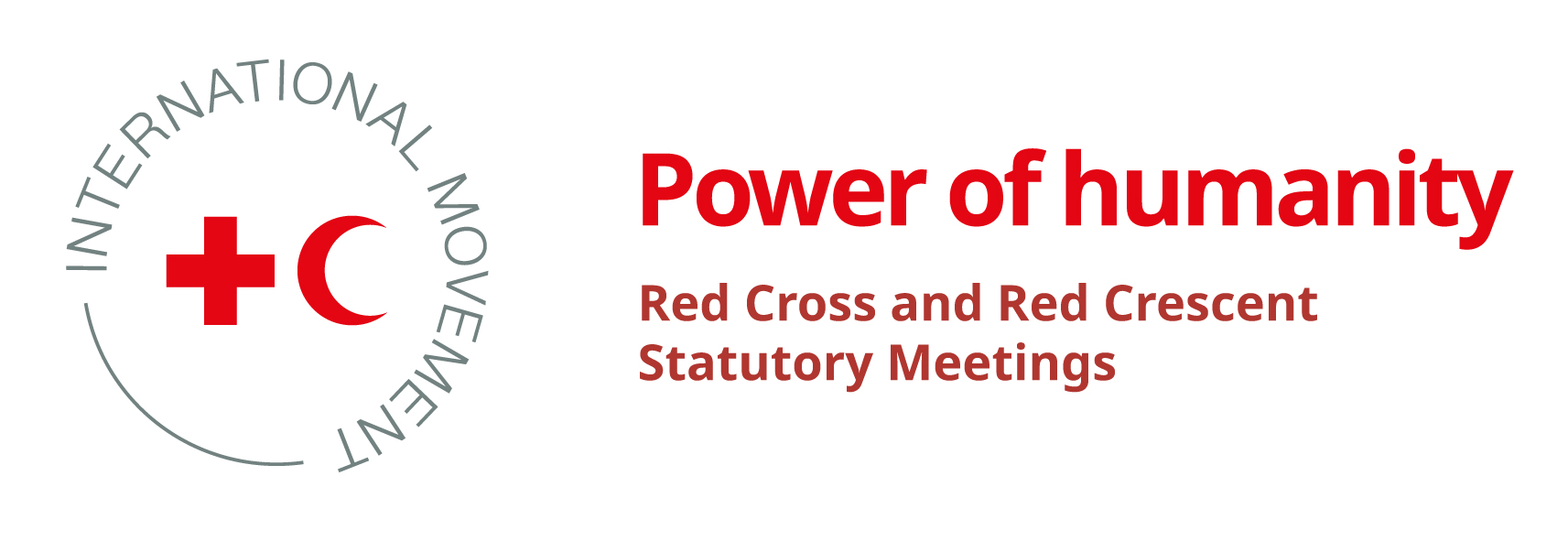Biometrics
Biometric recognition is “the automated recognition of individuals based on their biological and behavioural characteristics”. This means that biometrics are measurable, unique human signatures that may include fingerprints, iris scans or the way an individual does things (such as walking or typing). They are one of the surest means of identification at our disposal, as they are extremely hard to falsify.
Humanitarian organizations are increasingly using biometric identification because it can make it much easier to identify individuals and prevent the misuse of humanitarian aid. Conventional, paper-based means of identification (such as paper IDs) are easier to falsify and, when it comes to aid, can lead to duplication, denial or fraud. Also, paper-based IDs can easily be lost, destroyed and/or taken away. Biometrics, on the other hand, can confirm the identity of individuals who have no other way of proving who they are, for example if they are fleeing their place or country of origin. As well as being hard to falsify, biometric data – being digitally produced and stored – facilitate the efficient management of humanitarian aid.
At the same time, this capacity for easy, long-term identification also raises serious ethical and data protection concerns. When humanitarian organizations collect data, they do so with the explicit objective of providing assistance and protection for the people they serve. Using humanitarian data for non-humanitarian purposes is therefore a breach of trust between the organization and the people providing the data, and a potential protection risk for both, depending on how these data are used and who has access to them.
This is a common concern with any humanitarian data, but, when we consider how hard they are to falsify, with biometric data it is doubly problematic. The very features that make them so efficient for organizing and distributing aid – the fact that they are unique to each individual and can be easily stored, shared and cross-checked across organizations, even across borders – are what make them potentially problematic when used for non-humanitarian purposes (such as law enforcement, security, border control or monitoring migration flows, to mention only the lawful ones).
Humanitarian organizations are under increasing pressure to share data with national or regional authorities for purposes that go beyond humanitarian work, the rationale usually given being national security or counter-terrorism. Third parties supplying the technology to collect and store biometric (and other) data face similar pressures. This interest in biometric data also raises the possibility that unlawful parties will try to access them using unauthorized means (such as hacking), raising even deeper protection concerns.
When people give their personal data to get help in a time of crisis, they do so on the understanding that those same data will not later be used to harm them.
That is why, at the 33rd International Conference, the Red Cross and Red Crescent Movement is pushing for better, more thorough protection of humanitarian data.
Humanitarian organizations are increasingly using biometric identification because it can make it much easier to identify individuals and prevent the misuse of humanitarian aid. Conventional, paper-based means of identification (such as paper IDs) are easier to falsify and, when it comes to aid, can lead to duplication, denial or fraud. Also, paper-based IDs can easily be lost, destroyed and/or taken away. Biometrics, on the other hand, can confirm the identity of individuals who have no other way of proving who they are, for example if they are fleeing their place or country of origin. As well as being hard to falsify, biometric data – being digitally produced and stored – facilitate the efficient management of humanitarian aid.
At the same time, this capacity for easy, long-term identification also raises serious ethical and data protection concerns. When humanitarian organizations collect data, they do so with the explicit objective of providing assistance and protection for the people they serve. Using humanitarian data for non-humanitarian purposes is therefore a breach of trust between the organization and the people providing the data, and a potential protection risk for both, depending on how these data are used and who has access to them.
This is a common concern with any humanitarian data, but, when we consider how hard they are to falsify, with biometric data it is doubly problematic. The very features that make them so efficient for organizing and distributing aid – the fact that they are unique to each individual and can be easily stored, shared and cross-checked across organizations, even across borders – are what make them potentially problematic when used for non-humanitarian purposes (such as law enforcement, security, border control or monitoring migration flows, to mention only the lawful ones).
Humanitarian organizations are under increasing pressure to share data with national or regional authorities for purposes that go beyond humanitarian work, the rationale usually given being national security or counter-terrorism. Third parties supplying the technology to collect and store biometric (and other) data face similar pressures. This interest in biometric data also raises the possibility that unlawful parties will try to access them using unauthorized means (such as hacking), raising even deeper protection concerns.
When people give their personal data to get help in a time of crisis, they do so on the understanding that those same data will not later be used to harm them.
That is why, at the 33rd International Conference, the Red Cross and Red Crescent Movement is pushing for better, more thorough protection of humanitarian data.
Resources
Ben Hayes and Massimo Marelli, Facilitating innovation, ensuring protection: the ICRC Biometrics Policy (18.10.2019)
The ICRC Biometrics Policy (16.10.2019)
The Promise and Peril of Digital Identification for Aid Distribution (15.01.2019)
ICRC and Brussels Privacy Hub, Handbook on Data Protection in Humanitarian Action (July 2017)
IFRC and Solferino Academy, The Future is Now (online exhibition)




